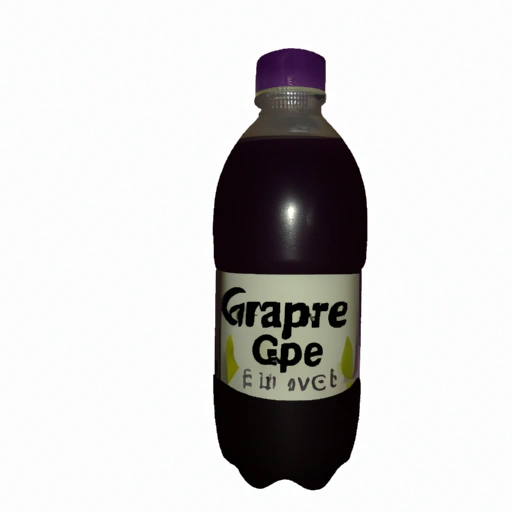Grape Juice
Description

Grape juice is a liquid extract of the natural sugars, vitamins, and minerals found in grapes. Made by crushing and blending grapes into a liquid form, it is enjoyed worldwide for its sweet flavor and various health benefits. It is available in both concentrate and ready-to-drink forms and can be made from a variety of grape species, including those typically used for wine, such as Vitis vinifera, or table grape varieties like Vitis labrusca.
Common uses
Grape juice is commonly consumed on its own as a refreshing beverage, used as a base for cocktails or mocktails, mixed into smoothies, or incorporated into various sauces and marinades. It is also a popular choice for making jellies, jams, and preserves due to its natural pectin content.
Nutritional value
Calories
A 8 fl oz (approx. 237 ml) serving of grape juice contains about 154 calories.
Protein
Grape juice contains a minimal amount of protein, approximately 1.4 grams per 8 fl oz serving.
Fat
Grape juice is virtually fat-free, with less than 0.2 grams per serving.
Carbohydrates
It is rich in carbohydrates, primarily in the form of sugars, providing around 38 grams per 8 fl oz serving.
Vitamins
Grape juice is a good source of Vitamin C and also contains some B vitamins.
Minerals
It provides minerals like potassium and magnesium in moderate amounts.
Health benefits
Grape juice is rich in antioxidants, particularly flavonoids and resveratrol, which may contribute to heart health by reducing inflammation and preventing clot formation. Regular consumption of grape juice may also improve brain function and aid in the management of blood pressure levels.
Potential risks
Due to its high sugar content, excessive consumption of grape juice may increase the risk of weight gain, dental cavities, and in those with diabetes, it can cause spikes in blood sugar levels. It is also relatively low in fiber compared to whole grapes.
Common recipes
Grape juice can be used in a variety of recipes ranging from sweet to savory dishes, including grape jelly, sorbet, marinades for meats, and as a natural sweetener in desserts.
Cooking methods
While grape juice is often consumed fresh, it can also be reduced to a syrup for use in cooking or baking, fermented into vinegar, or frozen into popsicles or granitas.
Pairing with other ingredients
Grape juice pairs well with flavors such as vanilla, cinnamon, and citrus in sweet dishes, while complementing herbs like rosemary, thyme, and mint in savory recipes.
Summary
Grape juice is a versatile ingredient with a rich history and a wide array of culinary applications. It is enjoyed both for its delightful taste and its numerous health benefits. Whether used in beverages, sweet treats, or savory concoctions, grape juice adds a touch of natural sweetness and a boost of nutrition to any dish.